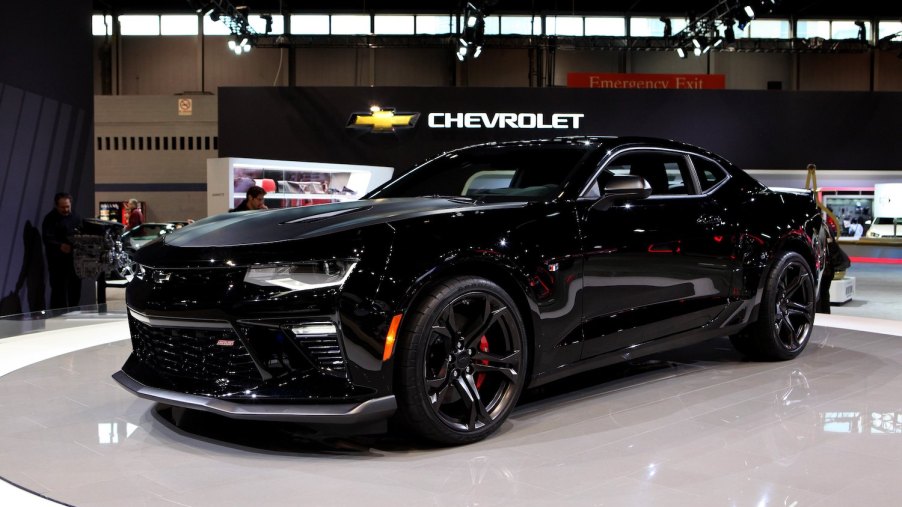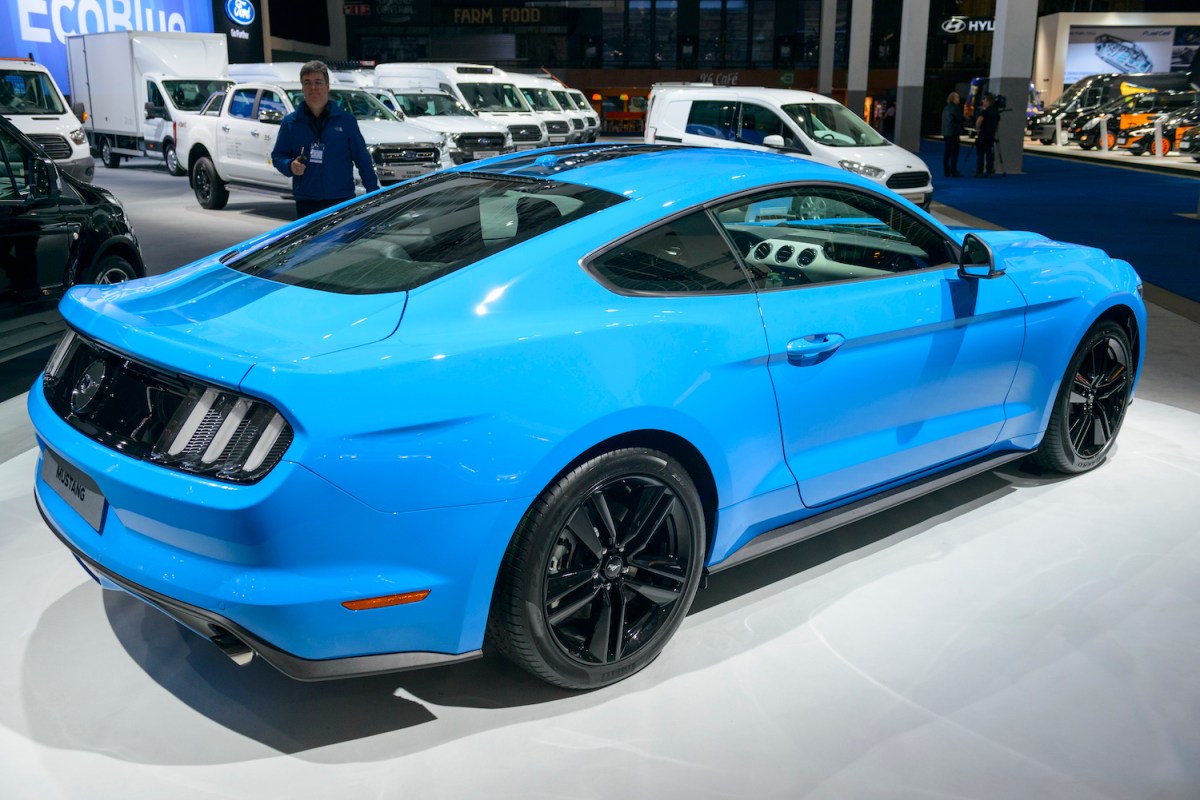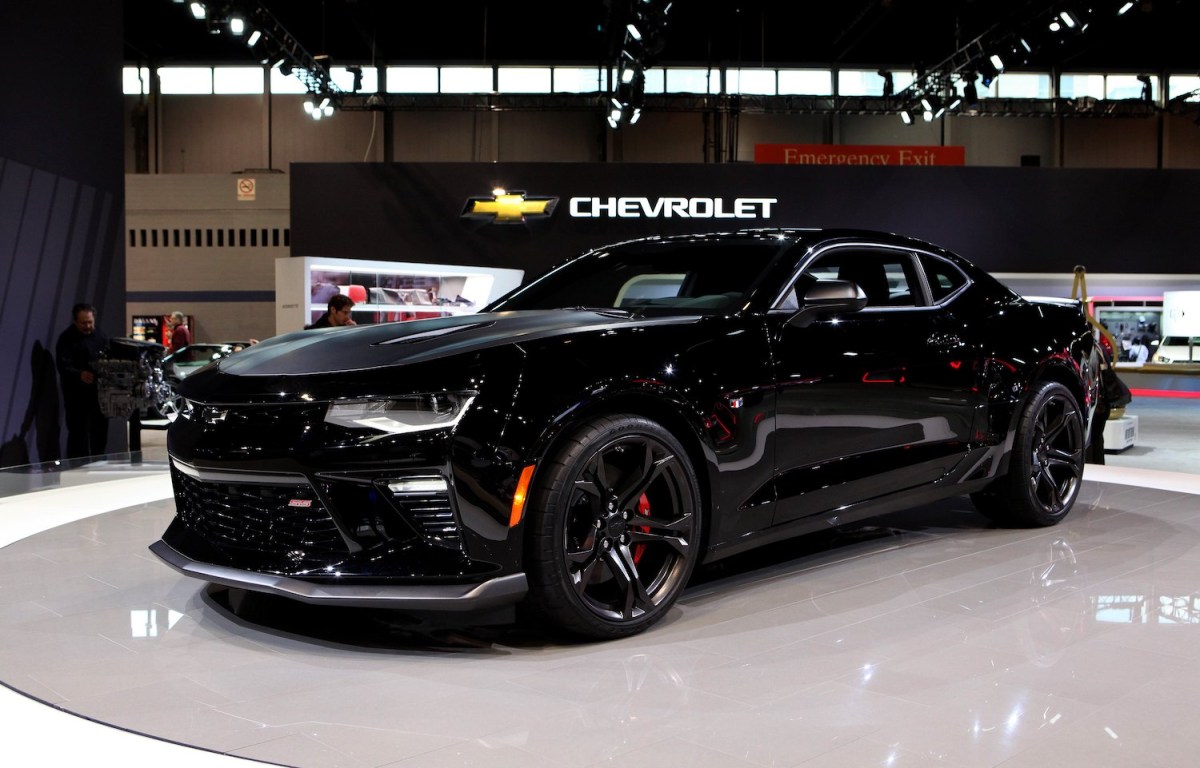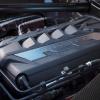
Here’s Why Base Model Muscle Cars Might Be Smart Buys
The stigma of muscle cars needing fuel-hungry fire-breathing V8s is well known. On the surface they seem like the best option for big power, especially when they make 400 horsepower off the assembly line. However, with the introduction of turbochargers in base muscle cars, is the naturally aspirated V8 really necessary, or even the best way to get power?
Giving boost to an engine opens several doors that lead to impressive horsepower gains, and at some point the numbers are impossible to ignore, especially considering how much cheaper they are to their V8 counterparts. Here’s why buying the base model, or more specifically, turbocharged muscle cars might be a smarter option for someone who just wants to make power and doesn’t care about noise.
Initial cost is much cheaper

Ford’s Mustang GT starts at $37,000, and with that you get a 5.0-liter V8 with 460 horsepower. The Ecoboost, however, starts at $26,000 but gets a measly 2.3-liter turbocharged four-cylinder, which only makes a maximum 330 horsepower. Likewise with the Chevy Camaro, the base V8 starts at $35,195 and that gets specs comparable to the Mustang. Its 2.0-liter turbo variant, however, starts at just $26,195 but makes 275 horsepower. At first glance, it seems like a no-brainer. These base models are significantly weaker, so why not go for the V8?
You can buy a turbo Mustang and Chevrolet, just a few years old, for even cheaper. Right now the market is inflated, but you can still find an Ecoboost Mustang or a Camaro 1LE from 2015-2017 for around $20,000. From there, it’s absolutely possible to get the V8 level power, for very little extra money.
Infrastructure is already there

The fact these cars already have turbos means the hard work has been done. While the Ecoboost’s turbo is too small to push much more boost through, Turbonetics makes a turbo that can drop into the Ecoboost’s engine bay without much fuss, and is capable of making over 500 horsepower, for just $2,000. It’s 50-state CARB legal as well. Ford built the engine with a forged crankshaft, so it will hold for a while, but anything close to 500 wheel horsepower may require a more complicated build.
The Camaro has similar options as well. With just a chip, from Racechip, the turbo Camaro can make 327 horsepower. Vermont tuning makes a turbo upgrade for the Camaro which only costs $1,399 and supports more than 400 horsepower. Add that to the used car price of roughly $20,000, and it’s still much cheaper than the V8 option. Upgraded intercoolers and tunes are necessary for these upgrades, but these builds still fall well under V8 prices.
Able to use different fuels
Using a turbocharger also allows more efficient use of alternative fuels. Increasing boost adds to the risk of detonation, which can be avoided with methanol and ethanol. Both of these fuels not only serve to cool down an engine, but also increase the fuel’s octane to 110. Both are relatively cheap systems to install as well.
If the sound of a dinky turbocharged four-cylinder doesn’t bother you, and all you want is power, then don’t pigeonhole to the whims of V8 brute force. It’s possible to use forced induction on a V8 as well, but it becomes far more expensive. Make sure to have a professional handle the tuning, or this venture could be far less cost effective.


